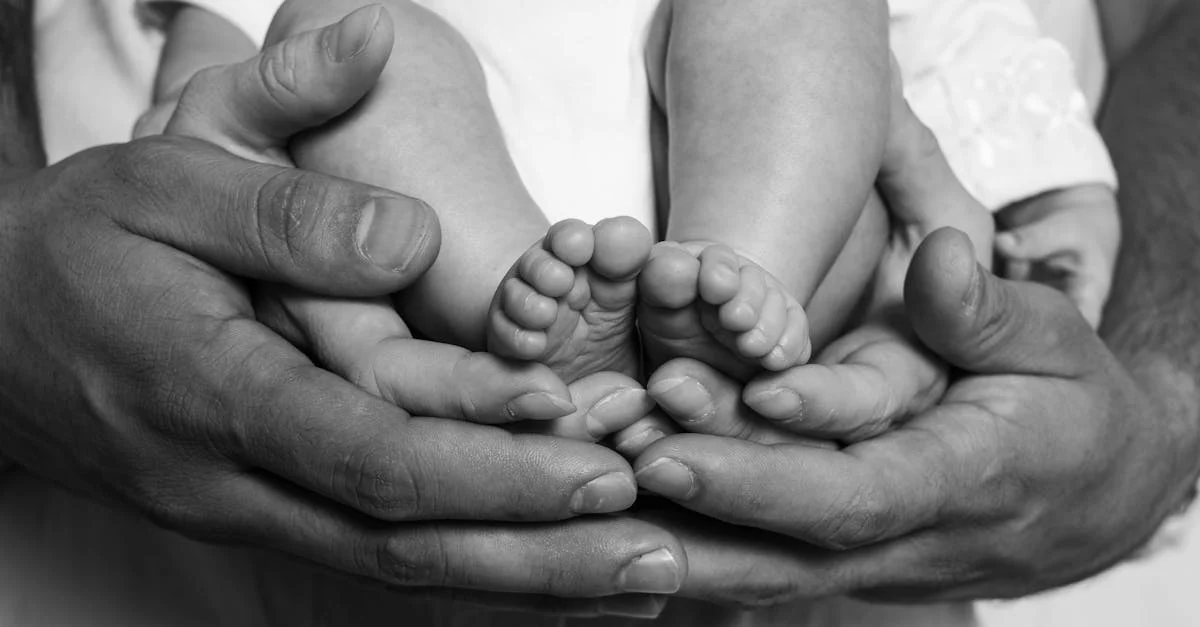Physical Address
304 North Cardinal St.
Dorchester Center, MA 02124
Physical Address
304 North Cardinal St.
Dorchester Center, MA 02124

Welcome to the wonderful world of baby skin care. If you’re anything like us, you know that caring for your little one’s skin can feel like a full-time job. Between diaper changes and midnight feedings, who has time to become a skincare expert? But fear not. We’ll help you navigate the essentials of baby skin care with a mix of humor and useful insights. Let’s immerse and make those tiny toes glow.
Baby skin is a wonder to behold. It’s soft, smooth, and oh-so-delicate. What sets it apart from ours is its thinner outer layer, which makes it more susceptible to irritants. Just think of your baby’s skin as a little sponge, soaking up everything it comes into contact with. Hence, we should treat it with gentle care and understand that it needs special attention.
In those early months, our babies have this beautiful protective layer known as vernix caseosa. It’s a natural moisturizer that covers them right before birth. As it gradually wears off, we enter the baby skincare universe, which, if done right, can lead to glowing and happy skin.
While we’re on the topic of baby skin, let’s address some common issues we might encounter. Diaper rash, cradle cap, and baby acne are among the usual suspects. Diaper rash, for instance, occurs due to moisture and friction, often leading to irritation. Keeping our baby dry and changing diapers frequently can help avoid this uncomfortable condition.
Cradle cap, or seborrheic dermatitis, might sound alarming, but it’s quite common. Those yellowish, scaly patches on the scalp can easily be managed with gentle washing and occasional brushing. Baby acne, on the other hand, usually clears up on its own. It’s a rite of passage, like their first laugh or that surprise spit-up all over our favorite shirt.
Arming ourselves with knowledge about these conditions allows us to step into baby skin care with confidence.
Now that we understand baby skin, let’s discuss how to care for it day-to-day. Choosing the right products is crucial. We need to look for things that are fragrance-free, hypoallergenic, and specifically designed for babies. Products full of natural ingredients are ideal. Even though we might love the smell of a lavender lotion, it’s not worth risking irritation.
We often gravitate towards gentle baby oils or creams to keep our tiniest humans hydrated. Ingredients such as aloe vera, coconut oil, and shea butter can be great options. Always remember: less is more. Start simple and observe how our babies react before introducing any new product.
Bath time can be a wonderful bonding experience. It’s more than just a chore: it’s an opportunity for fun and connection. We should aim for a gentle bathing routine, bathing our babies 2-3 times a week, depending on their age and activity level. Using lukewarm water, we can create a serene atmosphere, and adding a mild cleanser can make it even better.
An important tip: avoid bubble baths for the time being. They might look fun, but they can be irritating. After bathing, gently pat our baby’s skin dry with a soft towel and apply lotion while their skin is still slightly damp. This locks in that precious moisture, keeping their skin soft and supple.
Even the best of us can encounter skin sensitivities with our little ones. If we see redness, itching, or rashes, it’s important to take note. These could be signs of allergies or sensitivities to certain products. Our first step should be to discontinue using any new product immediately and observe if things improve. Always trust our instincts: as parents, we know our babies best.
There are times when we might need reassurance from the experts. If our baby experiences severe rashes, persistent dryness, or if we are just unsure, consulting a pediatrician is always a good idea. It’s better to be safe than sorry, and a little expert advice can go a long way in easing our minds.